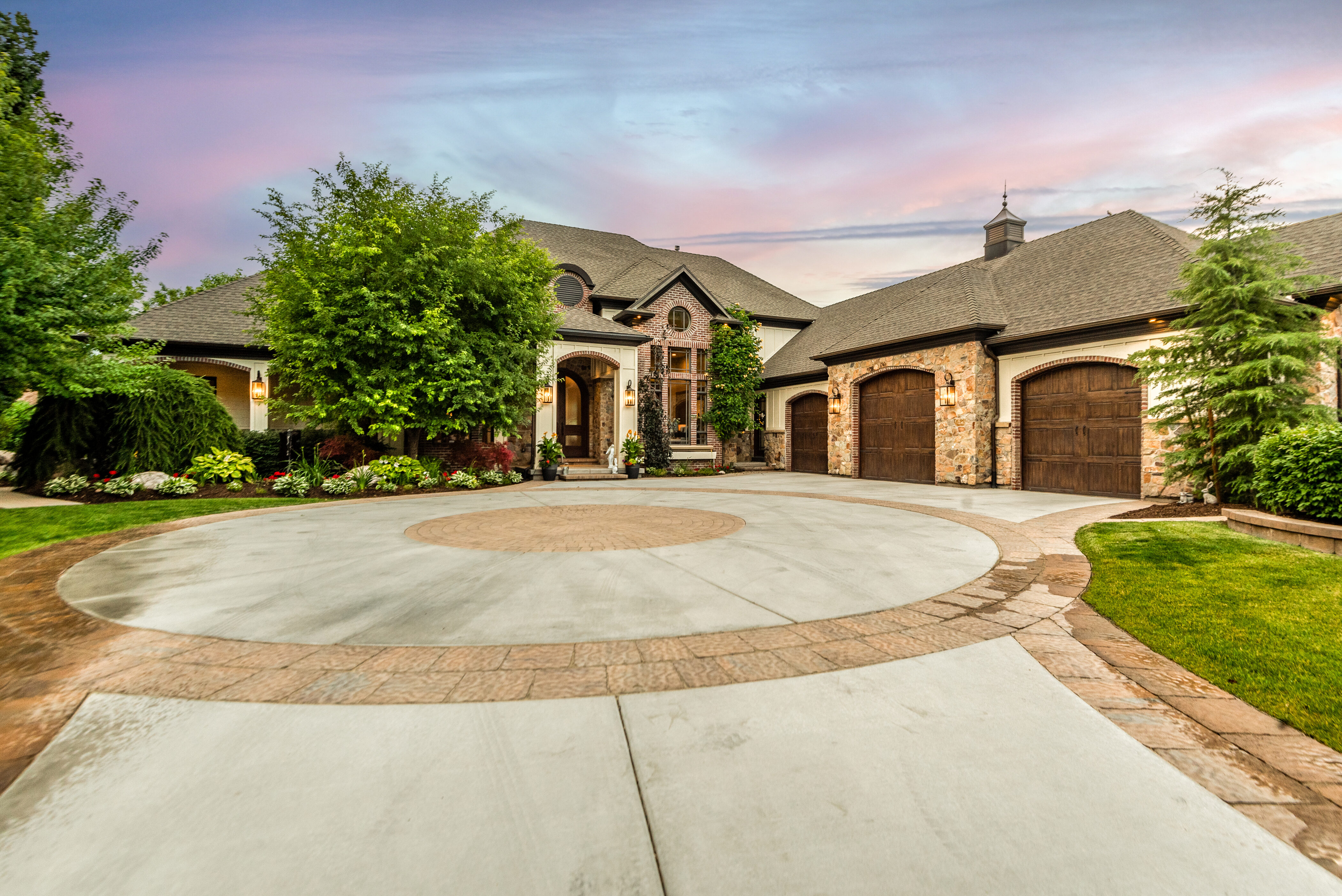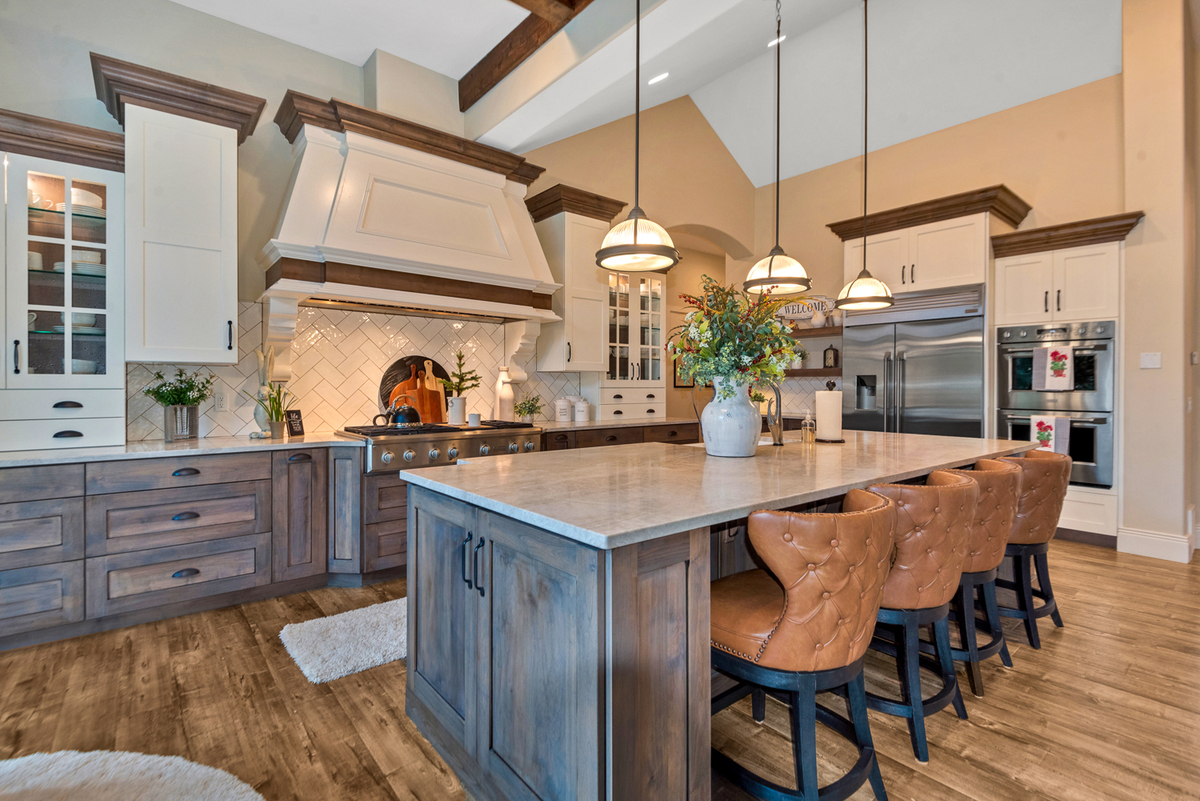When I started out in this business, the first project where I evaluated land included two units that had to be demolished to build six other units. There was such a crazy learning curve. Since then, I’ve purchased and sold a lot of land, with projects of up to 90 units.
The big problem people run into when evaluating land is asking the advice of agents who aren’t contractors or builders and have never purchased land themselves. Today I want to share some of the things I wish I knew about evaluating land way back then so hopefully, you don’t have to learn as many things the hard way:
1. Zoning. Evaluate what the property can be and what we can put on it. If we buy a piece of land that we can only use for farming, it’s not very valuable to you unless you really want to farm.
2. Access to the property. Do we have access to get to the home, or is it landlocked? We want to look at the topography of the property as well to make sure there isn’t anything that will require additional costs. An example are the two residential units I spoke of above. We needed to demo those homes. If your land is next to the side of a mountain, that’s something we need to know.
“An ALTA survey lets you see physical boundaries, easements, and more.”
3. Utilities. We could have a full hour-long conversation about this. The main things we want to know are where the utilities are, how much it’s going to cost to get there, and the details involved. Let’s say the sewer line is 7 feet deep and everything runs downhill. Depending on the terrain, we may need to make an adjustment either in that sewer line or in the new basement. This could cost tens to even hundreds of thousands of dollars depending on the situation.
4. The market. As far as understanding the market, we need to know the exit strategy, what buyers are looking for, what the rent rates are, and what we are going to do next.
5. ALTA survey. This will give us a topographical map where we can see the physical boundaries and easements, and better understand what’s located on the property that we might otherwise be unaware of. I purchased a property once where there was a big easement right through the middle. Fortunately, we knew the issue ahead of time and worked around it. Had we not known beforehand, it would have been a massive problem. A Phase I environmental study is a good idea as well.
6. Geotechnical study. This is essentially a soil report. We typically spend a decent amount of money looking at what’s in the ground in order to evaluate it. When we’re looking at a piece of property that’s already been improved, it means that the builder or developer has already gone through this process and should have these studies for you to see.
I know this is a lot of information, but truth be told, it is just the tip of the iceberg. If you have any other questions, don’t hesitate to reach out via phone or email. I look forward to hearing from you soon.



